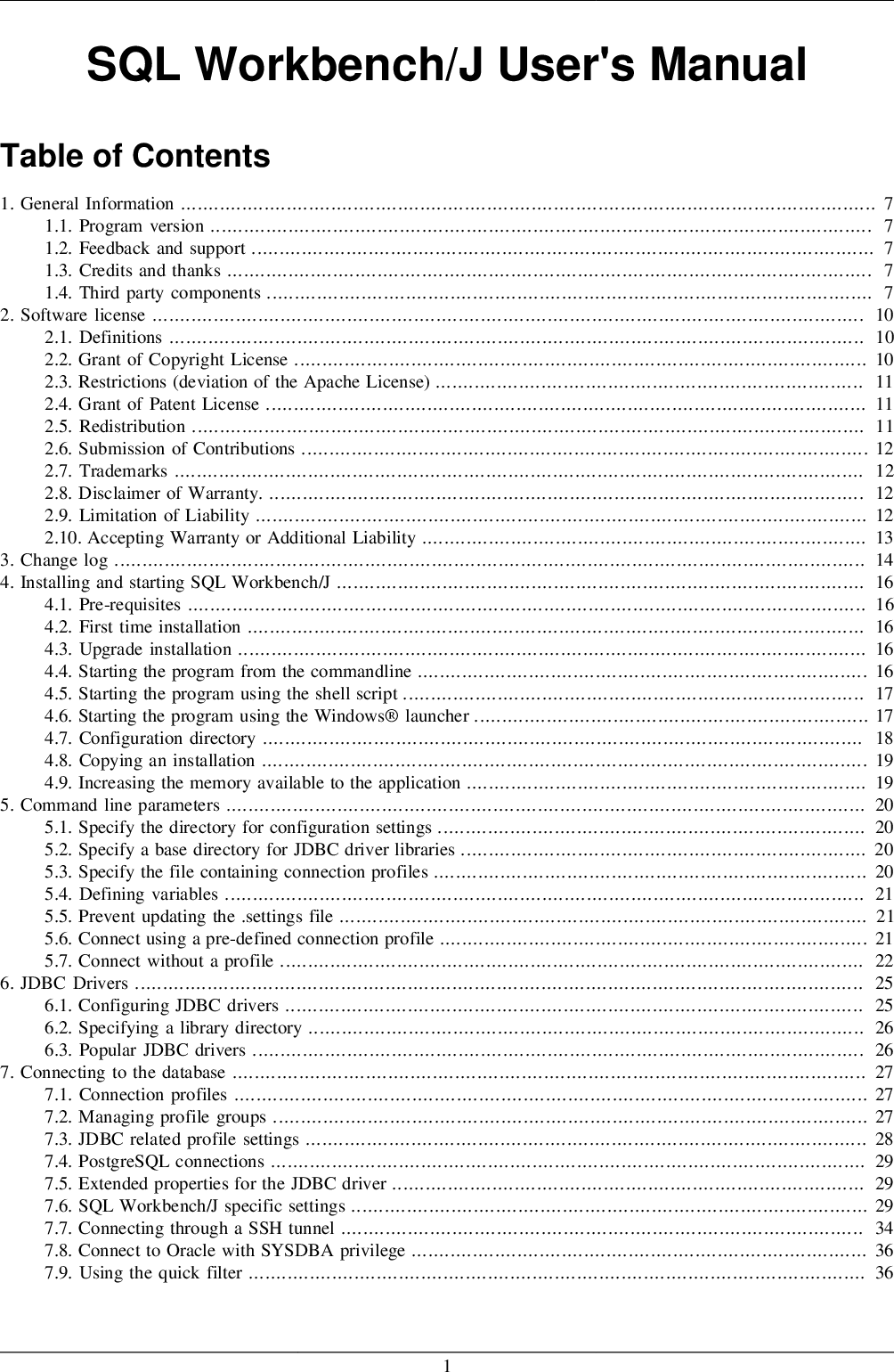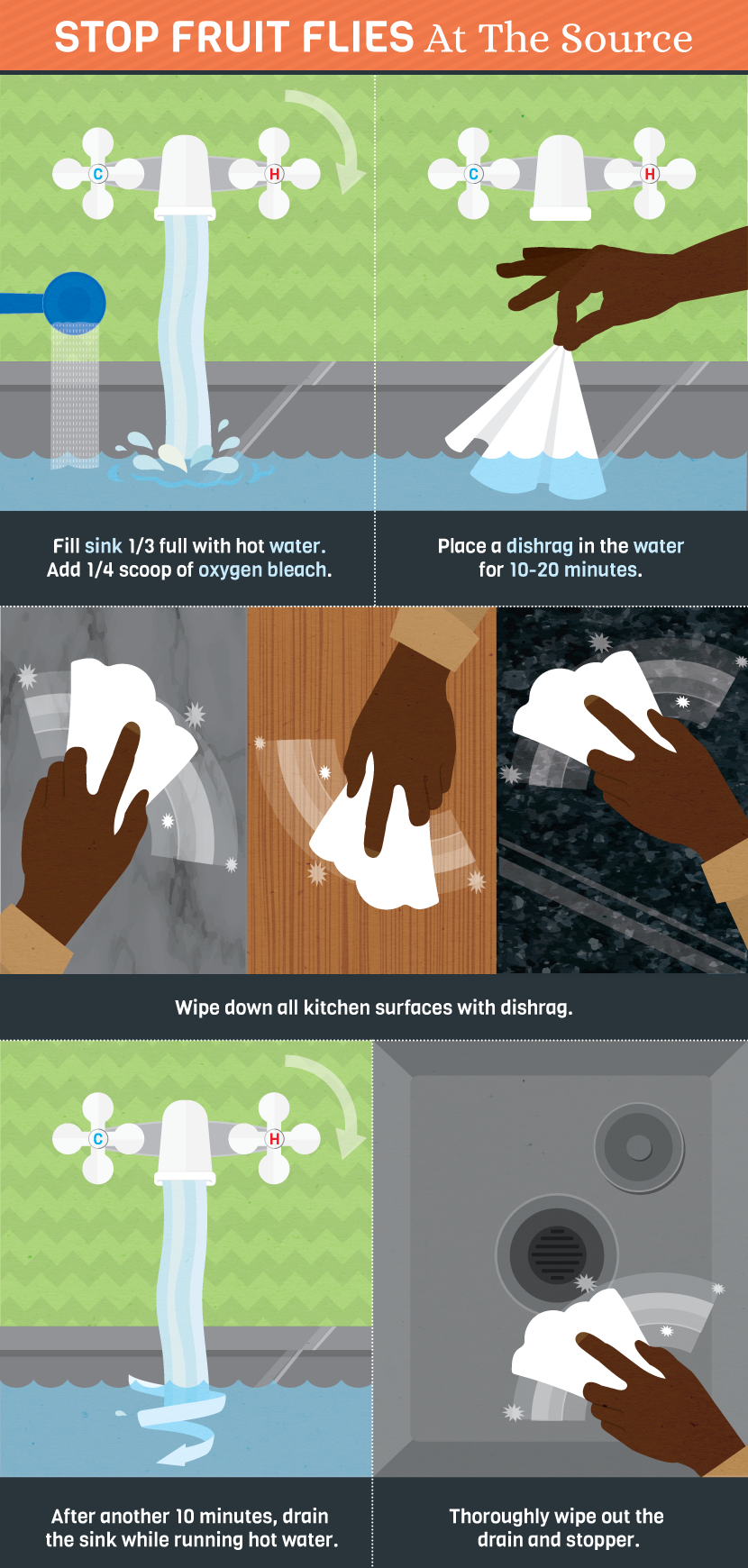File-system path Designates the location on the file-system of the resource to be delivered to the consumer. Note that mod_rewritetries to guess whether you have specified a file-system path or a URL-path by checking to see if the first segment of the trail exists on the root of the file-system. If you want different URL-mapping directives to be applied to the ensuing URL-path, use the flag as described beneath. Absolute URL If an absolute URL is specified, mod_rewrite checks to see whether or not the hostname matches the present host. If it does, the scheme and hostname are stripped out and the ensuing path is treated as a URL-path. Otherwise, an external redirect is carried out for the given URL. To force an exterior redirect back to the current host, see the flag under. We've seen several practical uses of the .htaccess file, and there are many extra. However, we should level out that it's best to use the main configuration files if attainable as they offer better total efficiency and security. If we don't have root access to the server, modification options are available in the management panel. This is usually the best way to arrange .htaccess rules on a per-directory foundation without an extreme quantity of trouble and is an extremely versatile software to take probably the most out of your hosting surroundings. An .htaccess file permits us to switch our rewrite guidelines with out accessing server configuration files. For this purpose, .htaccess is crucial to your internet application's safety. The period that precedes the filename ensures that the file is hidden. An .htaccess file enables you to create and apply rewrite guidelines with out accessing server configuration files. By inserting the .htaccess file in the root of your website online, you'll have the ability to manage rewrites on a per-site or per-directory basis. This is particularly true, for example, in instances where ISPs are internet hosting multiple user websites on a single machine, and need their users to find a way to alter their configuration. In basic, you should solely use .htaccess information when you do not have access to the primary server configuration file. You can put person authentication configurations in the primary server configuration, and this is, in fact, the popular approach to do things.
Likewise, mod_rewrite directives work better, in plenty of respects, in the primary server configuration. The commonest way of redirecting an online page is to add particular rules to .htaccess file on the Apache net server. The .htaccess file is a way of permitting to make configuration modifications on a per-directory basis. You need to create a .htaccess file or modify an already existing one and add it to the old website's root directory. For example, when a server is configured to process .htaccess directives, Apache must search every listing throughout the area and cargo any and all .htaccess files upon each document request. This ends in elevated page processing time and thus decreases performance. Such a performance hit may be unnoticeable for websites with mild site visitors, however becomes a more serious concern for more popular web sites. For this methodology to work, you will want to find a way to make modifications to your website's .htaccess file and your internet host's server configuration must support using .htaccess configuration files. The configuration directives found in a .htaccess file are utilized to the directory during which the .htaccess file is discovered, and to all subdirectories thereof. However, it is very important also do not neglect that there could have been .htaccess information in directories greater up. Directives are utilized within the order that they're found. Therefore, a .htaccess file in a specific directory might override directives present in .htaccess recordsdata discovered greater up in the listing tree. And these, in flip, may have overridden directives found but greater up, or in the primary server configuration file itself. Additionally, the foundations themselves are extra difficult, as one must work around the restrictions that include per-directory context and mod_rewrite. Consult the Rewrite Guide for more element on this subject.
Have you ever felt a need to alter the configuration of your web site running on an Apache webserver without having root access to server configuration files (httpd.conf)? The pros of utilizing .htaccess file is that the change in configuration made on this recordsdata take impact instantly whereas change in configuration made in httpd.cong takes impact after server restart. Such configuration can be applied to 1 or all websites on the server through the server configuration recordsdata or to a single content listing through a .htaccess file. You ought to know that in WordPress, .htaccess is among the particular configuration recordsdata that may management how your webserver runs and manages your site. Apache server software supplies distributed (i.e., directory-level) configuration through Hypertext Access information. These .htaccess files enable the localized fine-tuning of Apache's common system-configuration directives, that are outlined in Apache's primary configuration file. The localized .htaccess directives must function from inside a file named .htaccess. The person must have acceptable file permissions to access and/or edit the .htaccess file. A file, containing one or more configuration directives, is positioned in a selected document directory, and the directives apply to that listing, and all subdirectories thereof. You ought to avoid using .htaccess information utterly if you have access to httpd major server config file. Using .htaccess information slows down your Apache http server. Any directive that you can include in a .htaccess file is better set in a Directory block, as it will have the same impact with higher efficiency. When the DirectorySlash directive is about to off, the AllowNoSlash option could be enabled to ensure that rewrite rules are no longer ignored. This option makes it potential to apply rewrite rules within .htaccess recordsdata that match the directory and not using a trailing slash, if so desired. The .htaccess file provides a method to make configuration modifications to your website on a per-directory foundation. The file is created in a specific directory that incorporates one or more configuration directives which may be utilized to that directory and its subdirectories. In shared hosting, you will need to use a .htaccess file to make configuration adjustments to your server.
Now we'll look at some most typical and necessary directives used. Httpd.conf has management over enabling and disabling use of .htaccess file. So if its not enabled then you can find the "AllowOverride" directive inside the httpd.conf file and alter its value to "All". Note that you can see this directive in several listing sections inside the file, you have to modify the one which points to the location of the server root listing. This tutorial is predicated on the Configure Apache for Multiple Domains video, which is a half of the Working with Drupal Multisite sequence, in addition to the Domain Access series. Those collection explore two different strategies for operating multiple sites utilizing different domain names. For both strategies, you have to configure your Apache internet server to handle a number of domain names and ship the correct website to your visitors. So in this tutorial, we'll create Apache virtual hosts to get three different domain names all pointing to the same Drupal installation. We'll test our domains to make sure they're pointing to our web server, after which configure the Apache vhost information to make those domain names all level to the Drupal folder. When we're carried out, we'll have three domains which all level to the identical internet server directory. Therefore, .htaccess information should only be used when the main server configuration file is inaccessible. See the Performance Tricks part of this text for extra information. The .htaccess file can include particular directions to the server. This file can configure the server to require a password for the listing where it resides. The .htaccess file may additionally be configured to automatically redirect customers to a different index file or website, prohibit or enable customers based on IP addresses, and disable directory listings. You could by no means need to edit the .htaccess file, however if you do, you must be certain that the file is known as '.htaccess' only, with the period in front and no .txt or .htm file extension. However, on this easy instance, the performance increase will be negligible. Additionally, setting rules in .htaccess is handy, particularly with a quantity of websites on the identical server. Some popular open-source software, like WordPress and Joomla, often relies on an .htaccess file for the software to modify and create extra rules on demand. Mod_rewrite operates on the total URL path, including the path-info part.
A rewrite rule may be invoked in httpd.conf or in .htaccess. The path generated by a rewrite rule can embody a query string, or can lead to inside sub-processing, exterior request redirection, or inner proxy throughput. These rulesets will work either in your major server configuration file, or in a .htaccess file positioned within the DocumentRoot of the server. If the consumer request exceeds that limit, the server will return an error response as a substitute of servicing the request. The size of a normal request message physique will differ greatly depending on the character of the useful resource and the methods allowed on that useful resource. CGI scripts usually use the message physique for retrieving kind information. Implementations of the PUT methodology will require a price at least as large as any representation that the server wishes to simply accept for that resource. If you decide to alter domains or change the group of your web site, you can set up URL redirects to verify your web site visitors aren't confused. The .htaccess file is a strong web site file that controls high-level configuration of your web site. On servers that run Apache , the .htaccessfile permits you to make changes to your website's configuration with out having to edit server configuration files. To accomplish more sophisticated duties corresponding to manipulating the question string, you want the instruments provided by the mod_rewrite module. It uses a rule-based rewriting engine to rewrite the requested URLs. It then must process these files and reconfigure itself for each of the directories configured on this way. And that's not all; decentralizing all the settings to various users might result in multiple security points, notably if these .htaccess files aren't configured accurately. However, due to performance and safety issues, the primary configuration file ought to at all times be used for server directives every time possible. Even the slightest syntax error may end up in severe server malfunction. Thus it is essential to make backup copies of everything related to your website (including any unique .htaccess files) before working along with your Hypertext Access file. It is also important to verify your complete web site completely after making any modifications to your .htaccess file.
If any errors or other issues are encountered, employ your backups immediately to restore original performance. Further, .htaccess file permissions should by no means permit world write access — a secure permissions setting is "644", which allows common learn access and user-only write access. Finally, .htaccess guidelines apply to the parent listing and all subdirectories. Thus to use configuration rules to a whole web site, place the .htaccess file within the site's root directory. We ought to restrict its use to conditions the place there are already other rewrite guidelines within the .htaccess file. There are several use instances during which we will implement RewriteRule directives. Apache .htaccess information permit customers to configure directories of the online server they control with out modifying the primary configuration file. By default, Apache prohibits using an .htaccess file to apply rewrite guidelines, so first you should enable adjustments to the file. Open the default Apache configuration file utilizing nano or your favorite text editor. In basic, .htaccess files use the identical syntax as the primary configuration information. What you'll find a way to put in these information is set by the AllowOverride directive. This directive specifies, in classes, what directives will be honored if they're present in a .htaccess file. Among the numerous various instruments for customizing your web server, the .htaccess config file is an amazing asset. You can shortly reset document types, parsing engines, URL redirects, and heaps of different crucial features. Webmasters who usually are not very technical might not get into the specifics of managing your personal .htaccess file. But the topic itself is fascinating and price some investigation. Htaccess is a very ancient configuration file that controls the Web Server working your web site, and is probably one of the most powerful configuration recordsdata you'll ever come throughout. This is as a result of this configuration file was coded in the earliest days of the net , for one of the first Web Servers ever! Eventually these Web Servers grew to become often recognized as the World Wide Web, and ultimately grew into the Internet we use at present.This is not an introduction to htaccess.
Limit the extent to which .htaccess recordsdata decrease efficiency by enabling AllowOverride solely in required directories. For example, if AllowOverride is enabled throughout the complete website, the server must dig through every directory, looking for .htaccess recordsdata that will not even exist. To forestall this, we disable the AllowOverride within the site's root .htaccess file and then allow AllowOverride only in required directories via the server config file . Ideally, all of your redirects should go within the .htaccess file on the old domain. The cause for that is to keep away from stringing multiple redirects collectively if potential. If you don't, then the extra specific rules won't ever get hit. You are permitting customers to switch server configuration, which may end in changes over which you have not any management. Carefully consider whether you wish to give your users this privilege. Note additionally that giving customers much less privileges than they want will result in additional technical help requests. Make positive you clearly tell your customers what degree of privileges you have given them. Specifying exactly what you've set AllowOverride to, and pointing them to the related documentation, will save yourself lots of confusion later.
When AllowOverrideis set to allow the use of .htaccess information, httpd will look in each listing for .htaccess information. Thus, permitting .htaccess information causes a efficiency hit, whether or not or not you actually even use them! Also, the .htaccess file is loaded each time a document is requested. This has several implications, crucial being that the consumer won't receive the unique error standing code, but as an alternative will obtain a redirect standing code. This in turn can confuse web robots and other clients which attempt to determine if a URL is valid using the status code. In addition, should you use a remote URL in an ErrorDocument 401, the client is not going to know to immediate the consumer for a password since it won't obtain the 401 standing code. Therefore, should you use an ErrorDocument 401 directive then it must refer to a local doc. I need assistance regarding implementing the .htaccess file in my angular project which doesn't have the backend integration yet in any respect. That is why i am unable to make http headers to send the 'Cache-Control' header as i want it to. The drawback is, regardless of inserting .htaccess file in root directory, I'm unable to see the desired impact i.e. cache management header is vanished. You can apply different settings to different directories in your server by using multiple .htaccess files. You can, theoretically, create a .htaccess file in any directory on your server by creating and uploading a plain textual content file. Directives are like instructions acknowledged by net server and are put inside configuration files(.htaccess or httpd.conf).
Complete reference to all directives could be found right here. There are two forms of recordsdata which can be utilized to customize the configuration of internet server. Suppose you want to customize the configuration of your web server and also you don't have access to the global configuration file. In that case you might be caught with creating your nice internet app. Well there is a answer to that i.e., using .htaccess file. In this submit we will talk about professionals, cons, options, utilization and writing .htaccess information. A redirect service is an data management system, which provides an internet hyperlink that redirects customers to the desired content. The typical profit to the consumer is using a memorable domain name, and a discount in the size of the URL or net handle. A redirecting link may also be used as a permanent tackle for content that incessantly changes hosts, similarly to the Domain Name System. Hyperlinks involving URL redirection providers are incessantly used in spam messages directed at blogs and wikis. Recently, URL redirection providers have taken to utilizing AJAX as an efficient, consumer friendly methodology for creating shortened URLs. A major downside of some URL redirection providers is the use of delay pages, or body based mostly advertising, to generate income. With URL redirects, incoming hyperlinks to an outdated URL can be despatched to the proper location. These hyperlinks may be from different sites that have not realized that there might be a change or from bookmarks/favorites that users have saved of their browsers. They typically have the older/outdated domains and hyperlinks in their database and will ship search users to those old URLs. By utilizing a "moved permanently" redirect to the new URL, guests will still end up on the correct web page. Also, within the subsequent search engine cross, the search engine ought to detect and use the newer URL. Most internet hosting companies have this enabled by default, however contacting them is your best bet if there's an issue. If you're on the lookout for more info on mod_rewrite then there's a fantastic tutorial on tuts+.
There are additionally plenty of .htaccess snippets right here on CSS-Tricks. It is possible to really create a number of .htaccess information inside every of those directories so maybe certainly one of them is password protected however the others are not. And you presumably can nonetheless keep the Options -Indexes so that visitors can not flick through your web site /images/ folder. Note – this method should work at most WordPress hosts. However, some WordPress hosts have shifted to using an all-Nginx hosting server setup as an alternative of Apache, which doesn't have an .htaccess file. If that's the case, you won't have the flexibility to use this methodology because the .htaccess file won't exist at your host. Most hosts that use Nginx offer a devoted redirect tool in the hosting dashboard to account for this, so it's price checking your host's help documentation should you don't see the .htaccess file. To accomplish this, we have to first create a textual content doc called ".htaccess" to comprise our rules. It should be named precisely that (not ".htaccess.txt" or "rules.htaccess"). This could be placed in the root directory of the server (the identical folder as "pet_care_info_07_07_2008.php" in our example). There could already be an .htaccess file there, during which case we ought to always edit that somewhat than overwrite it. As all requests require the server to learn all the .htaccess recordsdata, observe that it is more likely to result in average to severe efficiency points if there's appreciable load. Basically, Apache will examine the current listing for an .htaccess file and transfer up one directory at a time on the lookout for one if it doesn't discover one in the current listing. This lets you create a .htaccess file in a specific directory that overrides a extra generic one. You ought to be in a position to just add the foundations to the .htaccess file in your site1/ directory and have it work. Of course, you probably want to add it to the highest of the file if there are different contents in there.























































